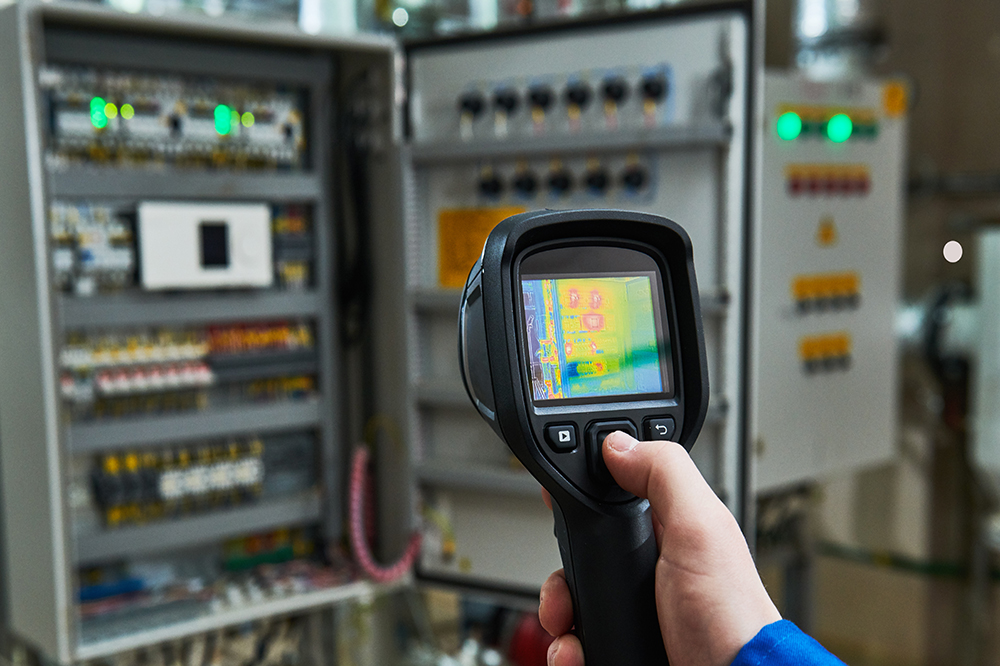
Airport operations are extremely complex, involving a vast array of critical systems and assets that need to function seamlessly to ensure efficient and safe operations. From runways and taxiways to baggage handling systems, terminal facilities, and ground support equipment, every component plays a crucial role in the smooth functioning of an airport. However, with aging infrastructure and increasing operational demands, maintaining these assets through traditional reactive or preventive maintenance approaches can be costly, inefficient, and potentially disruptive. These traditional approaches fail to address the unique needs of airports, where asset availability and reliability are paramount.
Predictive maintenance (PM) is a data-driven approach that monitors the real-time condition of assets, enabling proactive maintenance interventions before failures occur. By leveraging advanced sensors, Internet of Things (IoT) technology, and sophisticated data analytics, PM provides airports with unprecedented visibility into their asset performance, allowing them to optimize maintenance schedules, reduce downtime, and extend asset lifespan.
Improved Operational Efficiency and Safety: Predictive maintenance helps reduce unplanned downtime by identifying and addressing potential issues before they escalate into costly failures. This not only enhances operational efficiency but also enhances safety by minimizing the risk of accidents or incidents caused by equipment malfunctions.
Cost Savings: By optimizing maintenance schedules and avoiding unnecessary repairs or replacements, predictive maintenance can significantly reduce maintenance costs for airports. According to a study by the Federal Aviation Administration (FAA), implementing predictive maintenance strategies can result in cost savings of up to 30% compared to traditional maintenance approaches.
Extended Asset Lifespan: By proactively addressing issues and maintaining assets in optimal condition, predictive maintenance extends the lifespan of critical airport infrastructure and equipment. This not only reduces the need for frequent replacements but also maximizes the return on investment for these costly assets.
Enhanced Passenger Experience: Disruptions caused by equipment failures or unplanned maintenance can lead to delays, cancellations, and frustration for passengers. By minimizing such disruptions, predictive maintenance contributes to a smoother, more efficient, and enjoyable travel experience for airport customers.
While the benefits of predictive maintenance are clear, implementing an effective program requires a strategic approach and the integration of various technologies and processes. Here are some key considerations:
If you are exploring the transition towards predictive maintenance to harness these benefits, our experts at GEMS stand ready to guide you. With GEMS, you tap into a wealth of expertise, leveraging predictive analytics to optimize maintenance schedules, reduce unnecessary costs, and most importantly, enhance safety and reliability in your operations. Let GEMS be your partner in navigating this sophisticated yet indispensable path towards aviation excellence.
If you need any services, drop us a mail at Rohitkumar.Singh@gmrgroup.in or get in touch with us at +919717199753.